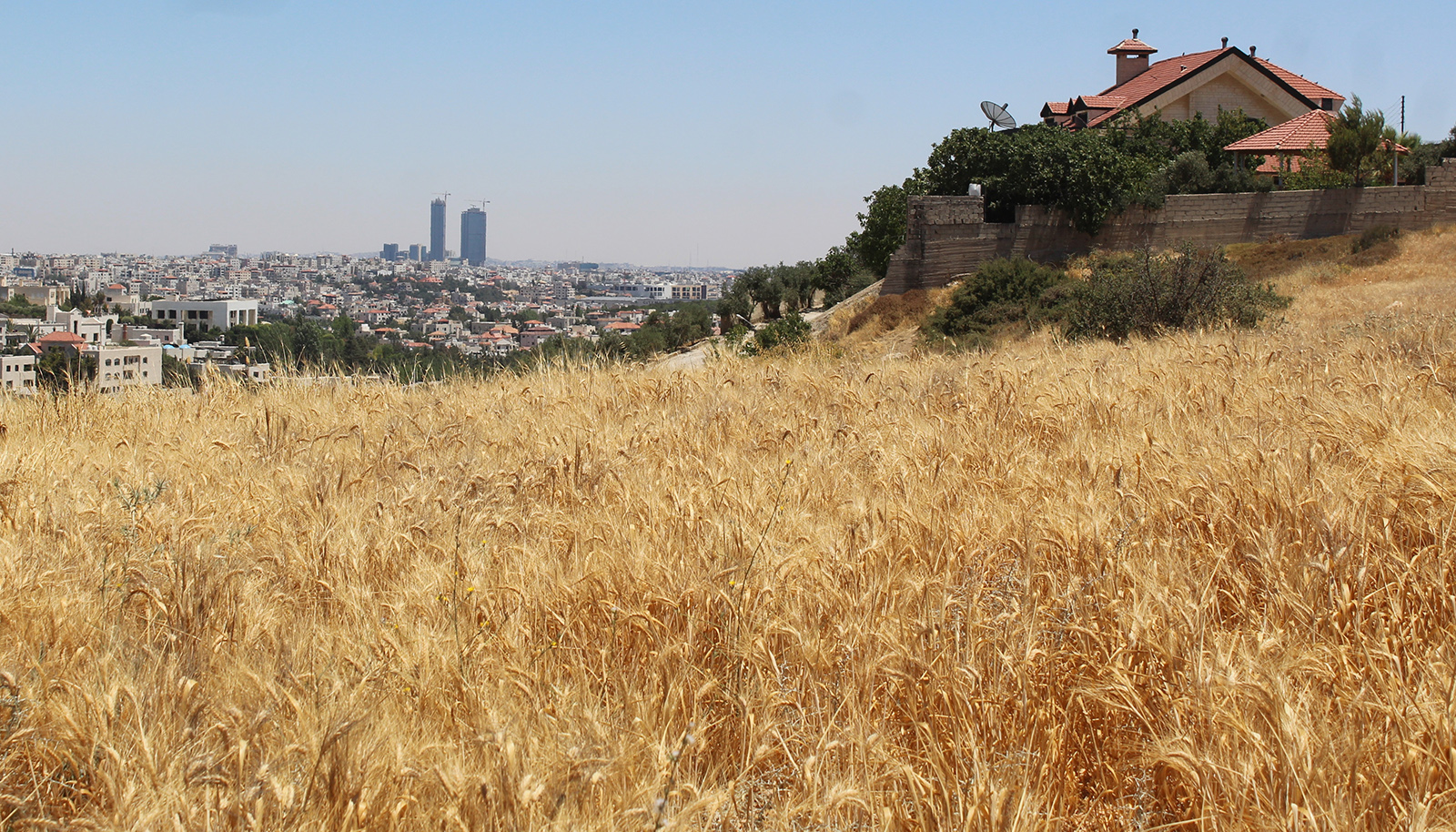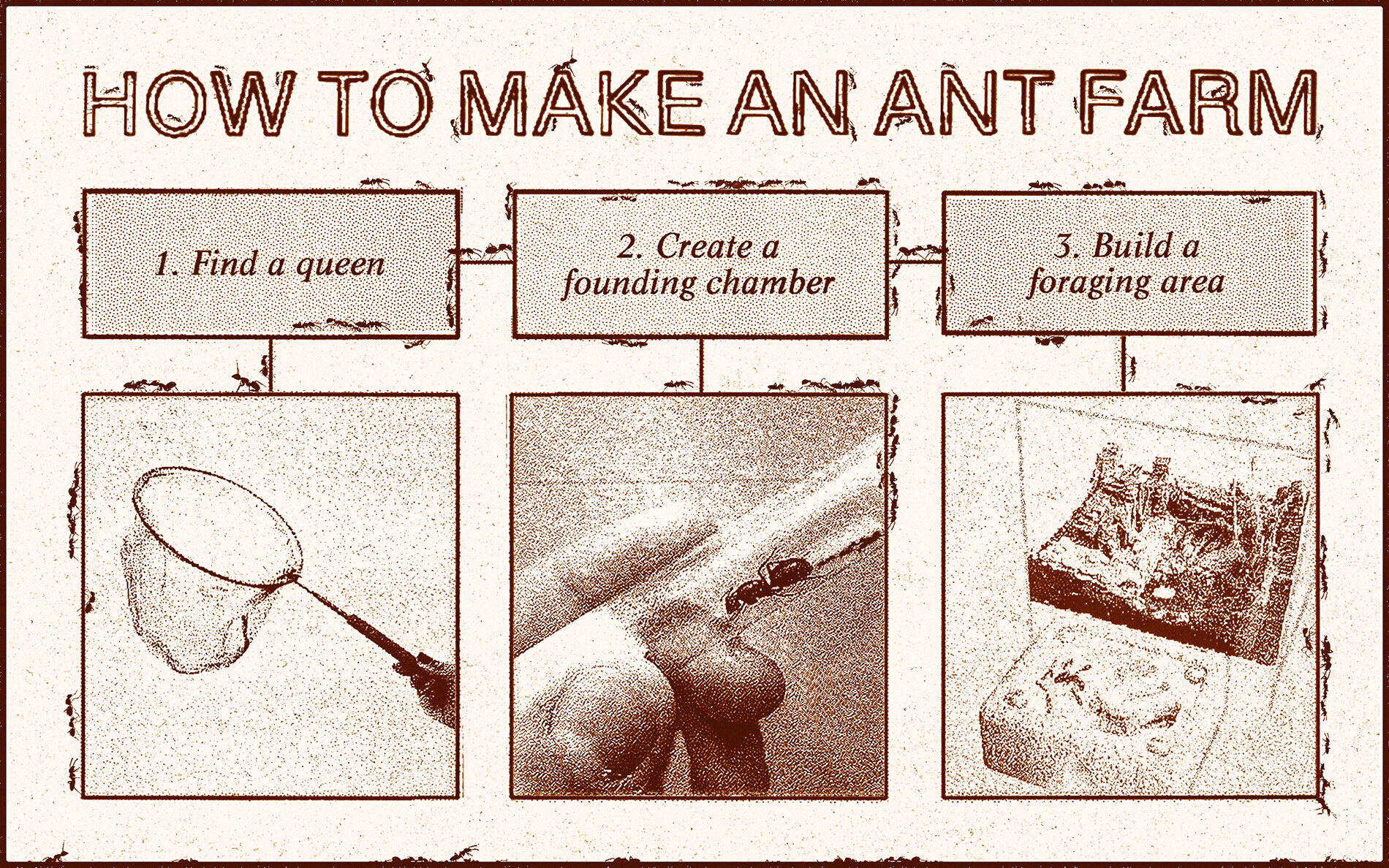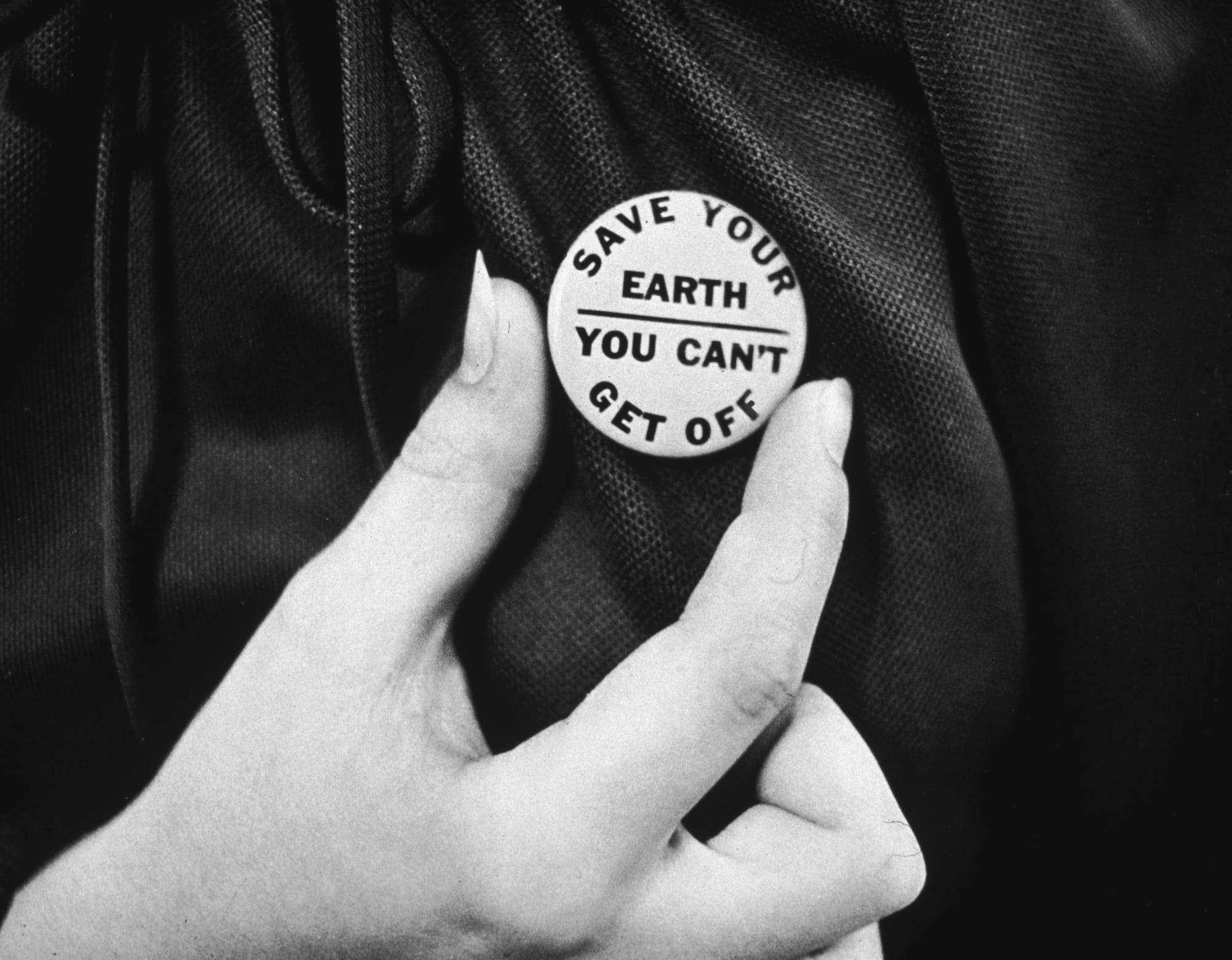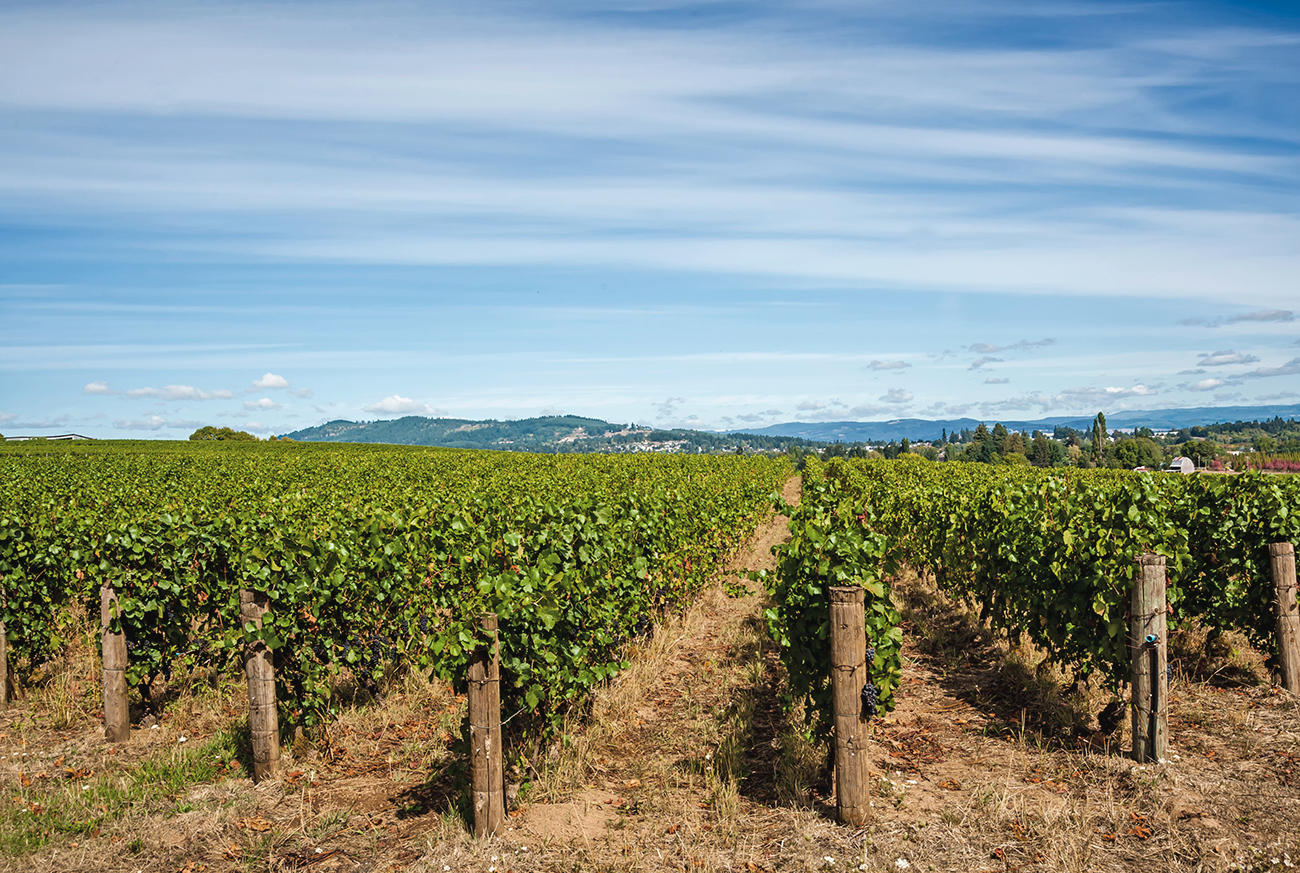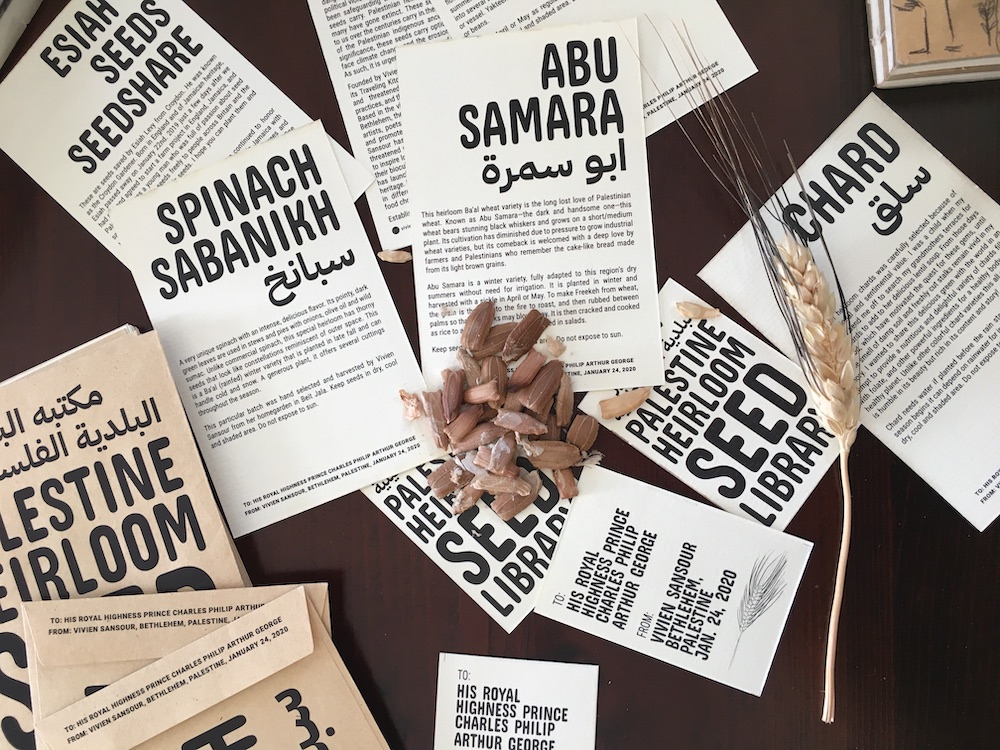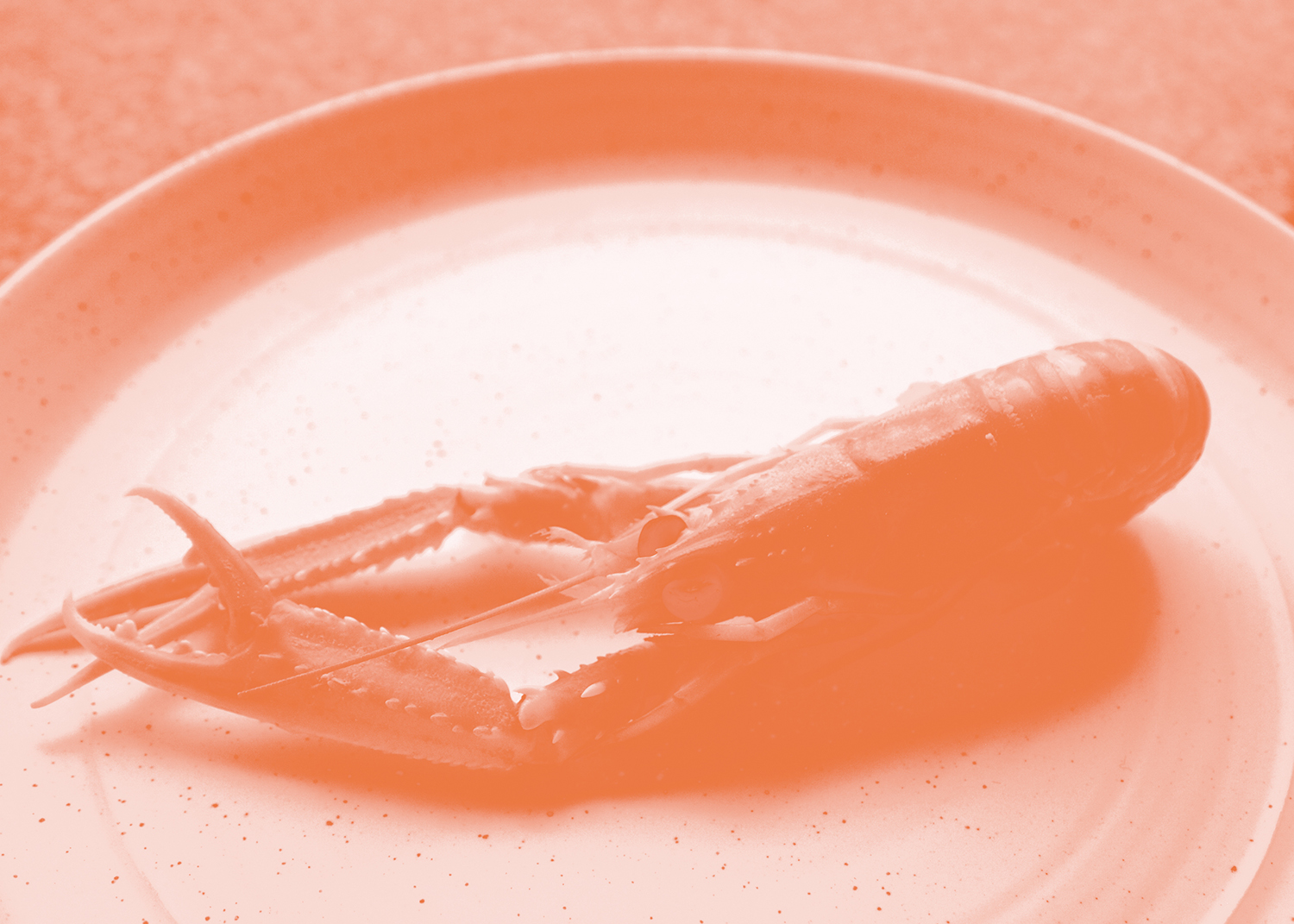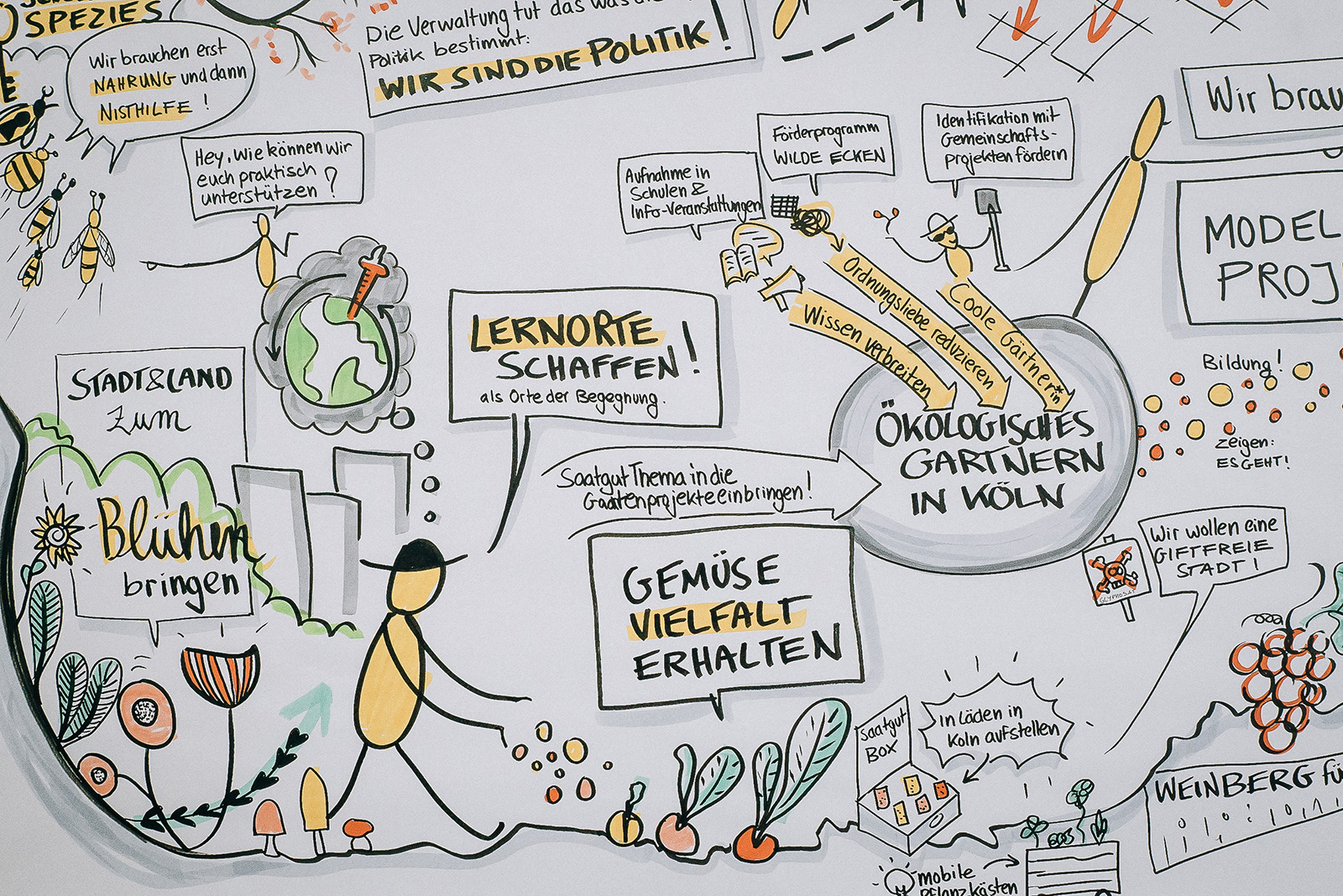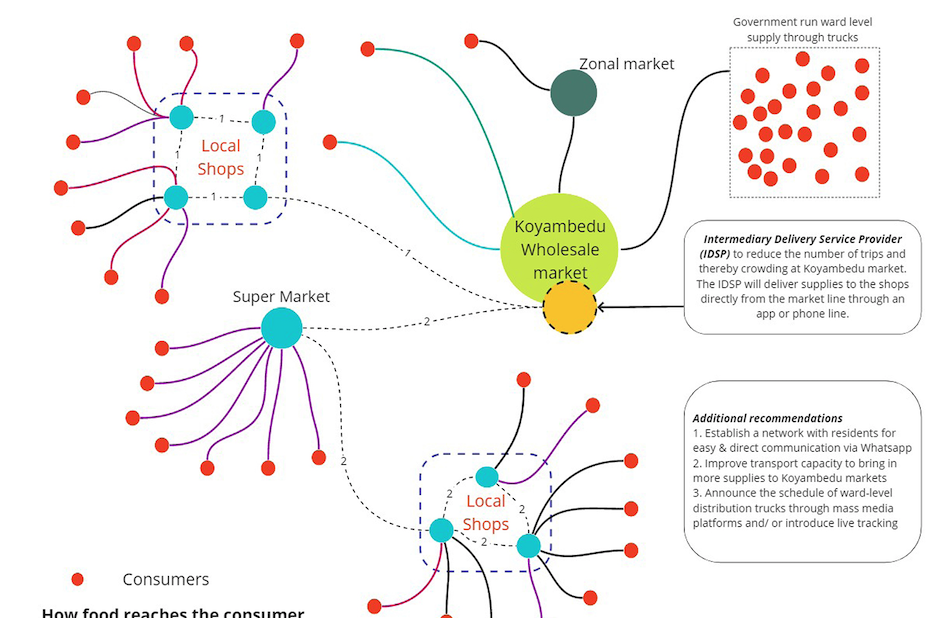The AgTech Insider is MOLD’s bi-monthly short list of potential applications of emerging technology and new business models in agriculture. Signup for the AgTech Insider Newsletter today.

AI: Machines to ID Every Plant on Earth
What is it: A recent effort by botanists at the Pennsylvania State University in University Park have trained computer algorithms to identify images of thousands of preserved plants, giving their team the ability to, “automatically identify species that have been pressed, dried and mounted on herbarium sheets,” researchers report. Using Artificial Intelligence, the algorithms can help researchers identify and digitize the hundreds of millions of specimen that are part of herbarium collections today.
How it can help agriculture: While the likes of companies like Blue River Technology have been using high power cameras to aid in horticultural weeding, building an AI system that can identify every single plant known to humankind opens up the opportunity for a wide range of automated weeding applications in agriculture which could drastically increase the effectiveness of precision agriculture in applying less pesticide, herbicides and fertilizer. (via Nature.com)

AI: Low Cost AI for Cucumber Sorting
What is it: Recently, the son of a cucumber farmer in Japan developed an automatic cucumber sorter, based on size and shape, using a series of low-tech tools and open-sourced AI software released by Google. Using 7,000 sample images of pre-sorted cucumbers (sorted by his mom Makoto Koike), the former software engineer for Toyota, taught the AI how to sort. Next step for Koike is developing the conveyor belt and sorting mechanism for when the system is fully autonomous.
How it can help agriculture: Bringing the advancements of AI—mainly held for large, expensive technologies and companies—to a scale that is useful for small-scale farmers is a big deal, especially considering there are some 500 million families just like Koike’s around the world. One could imagine using this for small-scale berry farmers in the U.S. Northwest, almond farmers in California, or peach farmers in Georgia. While much more testing is needed (only a 70% success rate currently for Koike’s model), this is a promising sign of the potential for this technology to help rural economies around the world. (via The New Yorker)

What is it: Cleverly named “Twistron,” researchers at the NanoTech Institute in South Korea deployed a new kind of yarn-like thread that turns the movement shown above into an alarming amount of electrical current. They made Twistron by spinning carbon nanotubes, which apparently are very good at conducting electricity, into a thread and then twisting it up into a coil-like structure. When stretched, the Twistron generates a small jolt.
How it can help agriculture: Just imagine all the large and small places in agriculture that have some sort of tension and release: animals moving, orchard branches swaying, water running. Now if you think of all those places as a potential source of electricity, all of a sudden a farm can be redesigned to be a lot more than for just fuel, food and/or fiber. One idea that comes to mind are a self-powered electrical fence, usually used to keep predators away from livestock. Typically made from a wire mesh and powered with a small solar panel, having the power source come directly from the net itself could bring a new solution to livestock protection for small-scale farmers. (via MIT Tech Download)

Precision Ag: Battery Free Caller
What is it: Besides dropping it on the floor, one of the main reasons we all replace our cell phone is due to a dead battery. Thankfully, a team has built a battery-free cell phone that can, as they state, “harness power from radiofrequency (RF) waves sent to it from a nearby base station.” Based on research at the University of Washington, the phone can both harness the power it needs to operate from those waves and also place a voice call by modifying those very waves and sending them back to the base station. This technique is known as backscattering and has the potential for some major improvements in rural communication.
How it can help agriculture: So many precision agriculture data collection tools rely on some communication mechanism, which is usually challenged by the simple fact of where most agriculture takes place: in the middle of nowhere. Thus, having a reliable communication tool that doesn’t necessarily need to rely on solar power but still be able to provide some data to farmers (i.e. water moisture in the soil, etc.) takes us a step closer to making precision agriculture more cost effective for farms of all sizes. (via University of Washington)

Materials: Dissolvable Packaging to Change Coffee
What is it: Thanks to researchers at the Martin Luther University Halle-Wittenberg (MLU), we may soon be able to remove another piece of waste from our lives. Scientists are prototyping what they call a milk capsule as a way to remove plastic coffee creamer capsules we are all too familiar with when traveling. Think of a simple, dime size mancala bead that has a small amount of creamer inside, encrusted by a sturdy layer of a sugar like material, which forms the hard shell. When added to coffee, the shell dissolves, mixing the creamer with the coffee appropriately.
How it can help agriculture: Any farmer or entrepreneur looking to take their food product to market often gets the opportunity to think about packaging, and with advancements in material science, edible or dissolvable packaging could not only make a product stand out, but heavily reduce the plastic waste in our lives. Additionally, if these packages catch on and are being made by agricultural bi-products, suddenly there may also be a new market for those almond hulls, cabbage leaves or whatever other type of material could be used for wrapping tomorrow’s newest food product. (via pressemittelugen )



